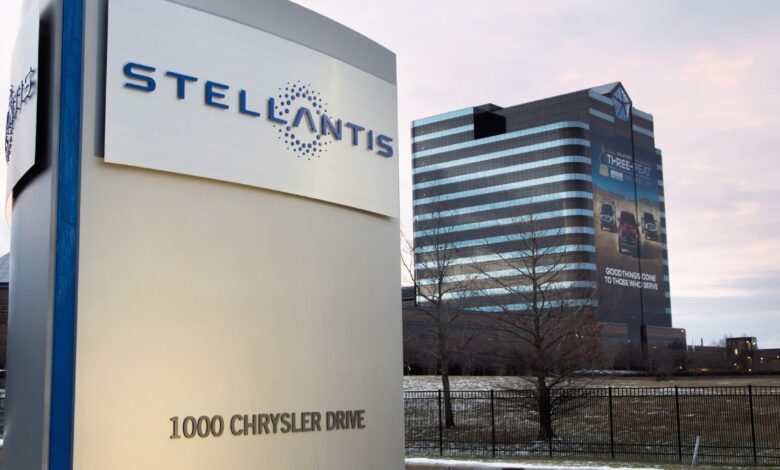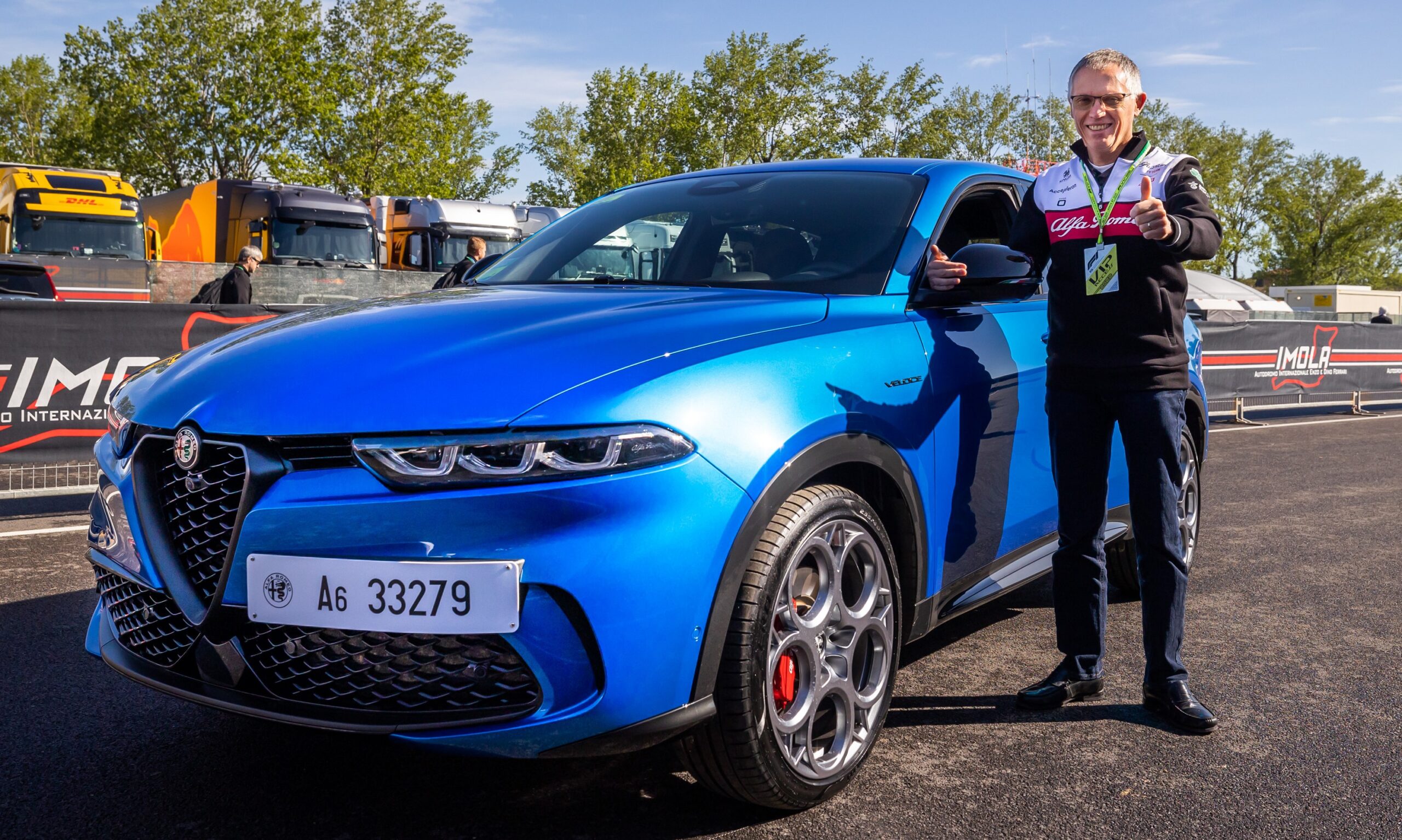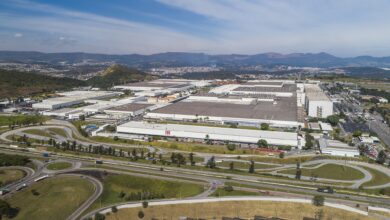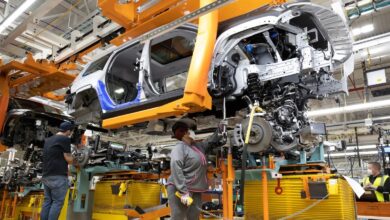Stellantis Continues Cost-Cutting Amid Record Profits and CEO Pay Hike
Automaker Forms Key Chinese EV Partnership and Navigates U.S. and EU Trade Policies...

Stellantis is set to continue its aggressive cost-cutting strategy in the coming months, despite reporting record profits over the past few years. This strategy comes at a time when the automotive industry is making a significant transition to electric vehicles (EVs).
Cost-Cutting Measures –
Stellantis CFO Natalie Knight recently announced that the company expects to spend about $200 million less on steel and raw materials for its EVs in the second quarter of 2024 compared to the first quarter. This reduction is part of a broader effort to trim expenses as the company adapts to the changing automotive landscape.
In addition to material cost savings, Stellantis is slashing its workforce, particularly in North America. The company has already reduced its global workforce by 5.2% in 2023, bringing it down to just over 258,000 employees. The North American workforce alone dropped from 88,835 employees in 2022 to 81,341 last year. More layoffs are anticipated, particularly at the company’s Auburn Hills headquarters in Michigan.
CEO’s Admission and Pay Raise –

CEO Carlos Tavares acknowledged in a recent interview with Fortune magazine that his own arrogance contributed to Stellantis’s struggles with excess inventory, manufacturing issues, and a lack of North American market sophistication. “When I am saying we were arrogant, I’m talking about myself, nobody else,” Tavares said. “I should have acted immediately, recognizing that the convergence of those three problems was there, and we had to set up a task force to address them.”
Despite these challenges, Tavares received a significant pay raise in 2023, with his total compensation increasing by 56% to €36.49 million ($39.5 million). This included €23.47 million ($25.1 million) in cash and vested equity, and a €10 million ($10.7 million) transformation incentive tied to milestones related to global mobility, technology, and EV challenges.
Strategic Shifts –

Stellantis’s cost-cutting strategy extends beyond workforce reductions. The company has been exporting engineering jobs to countries like Morocco, Brazil, and India, and consolidating its vehicle lineup into five versatile platforms. These platforms are designed to support a majority of the vehicles the automaker produces, streamlining production and reducing costs.
However, these moves have not been without controversy. Stellantis’s North American market, particularly the Chrysler Group lineup, includes some of the company’s best-selling vehicles globally. The workforce reductions and job relocations risk alienating this critical market.
Chinese EVs and Stellantis’s Strategic Moves –

The rapid rise of Chinese EV manufacturers poses a significant challenge to established automakers worldwide. To remain competitive, Stellantis has formed a strategic joint venture with Chinese brand Leapmotor, acquiring a 51% stake in the company. This partnership aims to develop affordable EVs, leveraging Leapmotor’s expertise and Stellantis’s global reach to penetrate both the Chinese and international markets.
The Biden Administration recently imposed major tariffs on Chinese EVs, advanced batteries, solar cells, steel, and aluminum. These measures are intended to protect the American automotive industry and come on the heels of former President Trump’s similar stance on Chinese imports. Trump had advocated for increased tariffs to prevent Chinese-made EVs, including those produced in Mexico, from bypassing the USMCA agreement rules and entering the U.S. market.
According to Tavares, the Biden Administration’s recent tariffs are “just going to end up with more inflation inside the bubble.” This comes as rumors have swirled about Stellantis wanting to produce Leapmotor vehicles at its plants in Mexico for the U.S. and Canada markets. “Protectionism has a lot of drawbacks. They don’t appear immediately; they appear one after the other,” he said.
Tavares has expressed concerns about the European Union’s decision to impose tariffs of up to 38.1% on Chinese carmakers. He warned that such tariffs could lead to retaliatory measures from Beijing, potentially restricting European automakers’ access to the Chinese market and raising the cost of critical EV components.
Despite recognizing the competitive threat posed by low-cost Chinese EVs, Tavares argued against relying on tariffs to maintain a competitive edge. “We are going to fight to be as competitive as we should be in the performance of the products, in the range, in the affordability. We’re going to compete because we are a global company,” he stated.
Stellantis this past week, has started production of the Leapmotor T03 city car at its Tychy Assembly Plant in Poland. These vehicles will join Alfa Romeo, Jeep®, Peugeot, and Fiat vehicles in European showrooms in nine countries by the end of the year.





22 replies
Loading new replies...
Join the full discussion at the Mopar Insiders Forum →